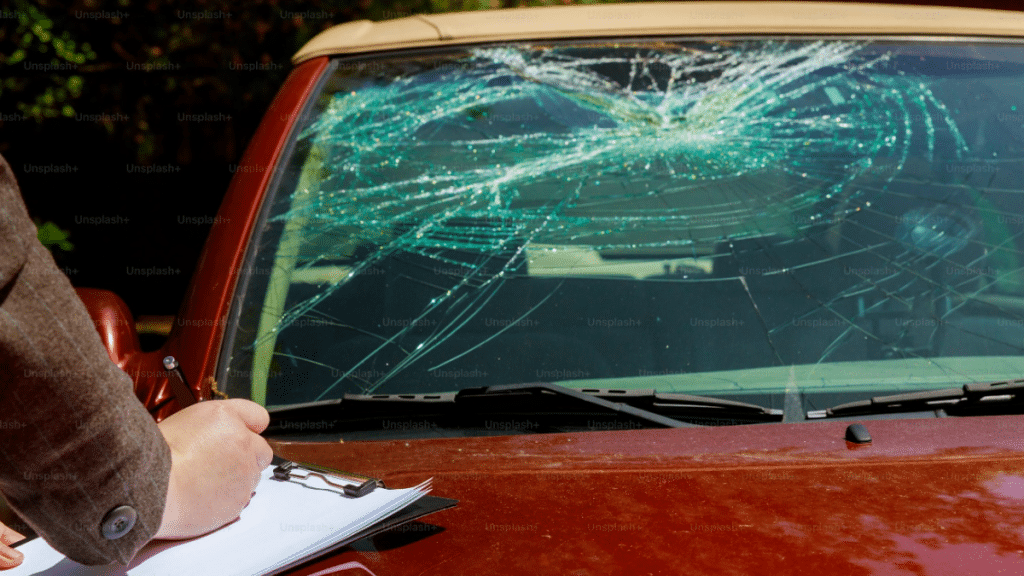Owings Mills, Maryland, is a suburban community in Baltimore County with a population of approximately 36,000. It features a diverse demographic, a median household income of $94,046, and urban amenities. When a car accident happens in Maryland, damages are determined using a legal framework that considers medical expenditures, lost earnings, property damage, and pain and suffering. State laws, including contributory negligence rules, are critical in evaluating claims. Understanding these legal principles is essential for navigating compensation after a crash.
Economic Damages
Economic damages are tangible losses that can be quantified with receipts, bills, and documentation. The best car accident attorneys in Owings Mills can help you recover compensation for:
Medical Expenses
This includes the expenditures of emergency care, surgeries, rehabilitation, medicines, and continuous therapies. Under Maryland’s “collateral source rule,” you may claim the full value of medical expenses, even if insurance covers them.
Lost Wages
If your injuries keep you from working, you can claim compensation for the lost income, including future earnings, if the accident causes long-term disability.
Property Damage
The best car accident attorneys will ensure you are fairly compensated for repairing or replacing your car and any damaged property.
These damages are calculated using concrete evidence, such as medical bills, pay stubs, and repair estimates. You can maximize your recovery following a car accident with the help of an experienced attorney.
Non-Economic Damages
Non-economic damages compensate for intangible losses that are harder to quantify. Maryland imposes statutory caps on non-economic damages, which adjust annually. These include:
Pain and Suffering
This covers physical pain, emotional distress, and loss of enjoyment of life. Maryland estimates these damages using methods such as the multiplier method or per diem method. The multiplier method entails multiplying economic damages by a factor related to the degree of injuries.
Loss of Consortium
Compensation may be paid for the strain on relationships with loved ones caused by injury.
Factors Affecting Damage Calculations
Several factors influence how damages are calculated. Such as:
Severity of Injuries
More serious injuries frequently result in higher compensation due to increased medical expenses and more pain and suffering.
Impact on Daily Life
Permanent disabilities or disfigurements can lead to higher non-economic damage awards.
Future Losses
If ongoing medical care or diminished earning capacity is expected, these future costs are included in the calculation.
Maryland’s Contributory Negligence Rule
Maryland follows a strict contributory negligence standard. If a victim is determined to be even partially at fault in an accident, they cannot receive damages from the opposing party. Proving fault is critical in car accident claims.
Statute of Limitations
Under Maryland law, victims must file their claims within three years from the accident date. Exceptions apply for minors involved in accidents; they may file until their 21st birthday.
To Sum Up
In Maryland, car accident damages are calculated by examining medical expenses, lost wages, property damage, and non-economic losses like pain and suffering. Courts consider the severity of injuries and their impact on daily life. Maryland’s contributory negligence rule also plays a critical role. A driver may be barred from recovery if they are slightly at fault. Each claim is fact-specific, and legal standards guide the assessment to ensure fair compensation within the framework of state law.
